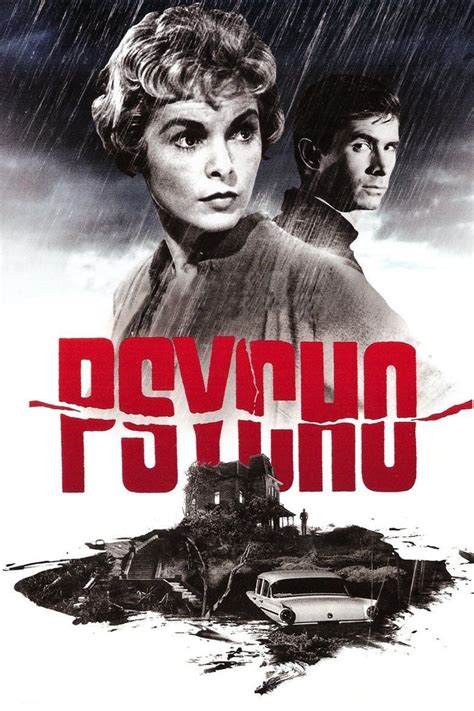Psycho

Description:
Psycho is a seminal 1960 film that revolutionized the horror genre and broke new ground in cinematic storytelling. Directed by Alfred Hitchcock, this psychological thriller delves into themes of identity, voyeurism, and madness, capturing the tension and unease of the era. It follows the story of Marion Crane, who, after embezzling money, encounters the mysterious Norman Bates at his motel. The film's shocking twists and innovative narrative techniques have left a lasting impact on 1960s culture.Keywords:
1960s Culture, Horror, Thriller, Psychological, Murder, Classic, Villain, IconicWhy was Psycho controversial?
"Psycho," directed by Alfred Hitchcock and released in 1960, was controversial for several reasons. It broke cinematic taboos with its depiction of graphic violence, sexual themes, and moral ambiguity, particularly in its infamous shower scene, which shocked audiences. The film's portrayal of mental illness and the character of Norman Bates also stirred debate. Additionally, Hitchcock's marketing strategy, which included keeping the ending a secret and requiring audiences to see it from the beginning, challenged traditional norms of film distribution and viewing.
Was Psycho based on a true story?
"Psycho," directed by Alfred Hitchcock and released in 1960, is not directly based on a true story, but it was inspired by the real-life crimes of Ed Gein, a Wisconsin murderer and body snatcher. Gein's disturbing actions, including the exhumation of corpses and his psychological issues, influenced both Robert Bloch's novel (published in 1959) and the film's portrayal of the character Norman Bates. While the story is fictional, it draws on elements of true crime, creating a chilling narrative that has left a lasting impact on the horror genre.
What is the scariest scene in Psycho?
One of the scariest scenes in Alfred Hitchcock's "Psycho" is the infamous shower scene. It features Marion Crane, played by Janet Leigh, being attacked by Norman Bates, portrayed by Anthony Perkins. The scene is notable for its intense tension, rapid cuts, and the iconic screeching score, which heightens the feeling of vulnerability and fear. The use of stark black-and-white cinematography and the abrupt violence shocked audiences at the time and remains a landmark moment in horror cinema, exemplifying Hitchcock's mastery of suspense.
Why is the Psycho shower scene so famous?
The shower scene in Alfred Hitchcock's "Psycho" (1960) is famous for its groundbreaking approach to horror and suspense. It features rapid editing, striking music by Bernard Herrmann, and innovative camera angles that create a sense of vulnerability and terror. The scene's shocking violence, which was unprecedented for its time, and the psychological implications of the act of murder also contribute to its lasting impact. The scene not only redefined the horror genre but also influenced countless filmmakers, making it a pivotal moment in cinematic history.
Explore More Categories:
Gangster Contemporary Relationships Drug Trafficking Identity Crisis Exploitation Post Communist Romania Social Commentary Control Poverty Cloister African American Tragic War Authenticity Economic Collapse Visual Storytelling Suspense Sound Design Satire Political Documentary Live Action Patriotism American Family Road Trip Women Empowerment